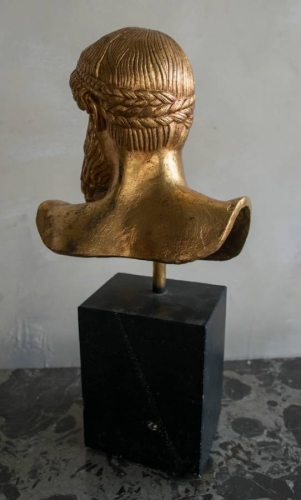

In addition, there is some practical dialectical value in the Categories: its ὑπογραφαί provide simple heuristics for checking the genus to which a given term belongs, enabling us to defeat various sophistical arguments that turn on equivocation by distinguishing clearly between essential and accidental modes of predication.


Andronicus believed that the Categories helps us to distinguish per se predications in the first category (τί εστι) from per accidens predications in the non- substance categories the former can be used to construct good definitions and so to engage in the rudiments of demonstration by way of division (διαίρεσις), while the latter cannot. In particular, I suggest the following: 1. Andronicus sought to breathe new life into Aristotle’s vision of demonstrative science, and he found the Categories especially useful for this function. "In this chapter, I argue that a late ancient interpretation of the Categories – according to which the treatise helps to train us in the demonstration of truth (ἀπόδειξις), and not merely in the practice of persuasive rhetoric – can be traced to Andronicus of Rhodes in the first century BCE. Alexander’s legacy and image have been employed for centuries, and given the focus here on the value of coins for the school syllabus, I do not wish to distract with evidence too far removed from the man himself. For the most part I shall restrict the following to those living within a generation of Alexander. Finally, the lasting legacy of Alexander will be briefly discussed the prevalence of portraiture on Hellenistic coins stems directly from Alexander and the patterns he established. Secondly, the paper will highlight how the Successors adapted Alexander’s iconography and portrait for their own purposes as a demonstration of Alexander’s impact. First, the famous Heracles/Zeus coins of Alexander will be discussed in terms of their iconography, impact, and legacy. The aim is to demonstrate how well numismatic evidence complements the syllabus, and how easy it is to introduce to the classroom.

I will also point to the key literature on the coins’ interpretation. Over three sections, I will discuss key examples of ACANS’ collection in relation to the impact, influence, and legacy of Alexander.


 0 kommentar(er)
0 kommentar(er)
